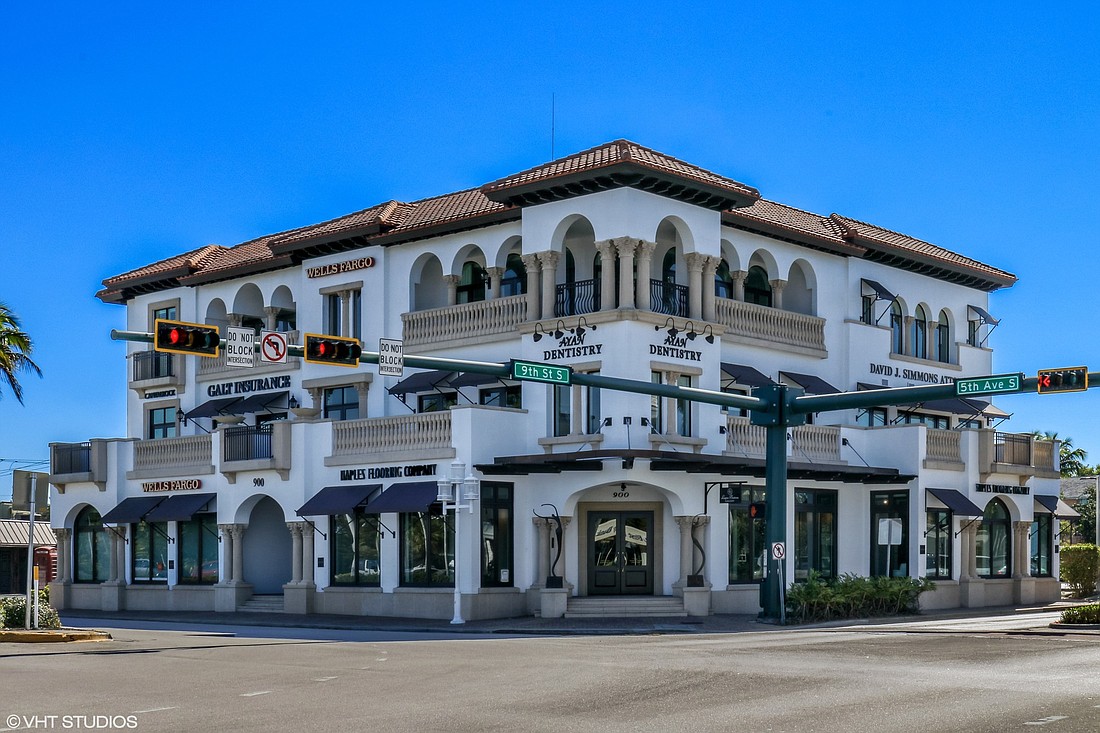- January 16, 2025
-
-
Loading

Loading

Despite store closings that are occurring throughout Florida and the U.S. that many contend highlights a “retail apocalypse,” data shows store occupancy and rental rate growth has been steady and in line with other sectors this economic cycle. In many Gulf Coast submarkets, especially ones where population has waxed like Tampa, Naples and Sarasota, retail growth has been solid since 2015.
The Sunshine State in particular, thanks to a surge in population that has catapulted Florida to become the third most populous state, has been a boon for retail landlords. Over the past year, Florida has been home to four of the five fastest-growing areas as measured by rent growth.
On retail rent growth in Florida submarkets: “Retail is alive and kicking in Florida, as measured by annual rental rent growth rates. Of the 390 nationwide retail markets tracked by CoStar Group, the state holds four of the top five spots.”
On Florida’s strong job growth, household formation and income growth: “These factors drive increasing levels of personal consumption, which translates to strong, consistent retail demand.”
On the potential for oversupply: “Supply also has largely been kept in check, with manageable construction pipelines that are much less than those seen in prior economic growth cycles.”
On rental rate declines in some Florida markets this year: “While occupancy remains strong across the state, with many submarkets effectively leased up, rental rates have declined as transaction volume has increased in the first half of the year.”
On the state of retail in Tampa and St. Petersburg: “The Tampa market is alive-and-well, with the growing population supporting more and more new development of all kinds.”
5.5%
Percentage increase in retail rents in Tampa in the first half of 2019 vs. the same period in 2018. The city ranked third nationwide for rental rate growth during the period, behind only Orlando at 6.1% and Jacksonville, at 5.9%. Santa Fe, N.M., was the only city to crack the Top Five that was not in Florida, as Miami came in just fifth with rent growth of 5.1%.
126,100,000
Total number of visitors to Florida in 2018, which set a new record for tourism for the eighth straight year and fueled retail growth statewide, particularly in Orlando.
4.3%
Amount of vacant retail space in Tampa and Orlando, a scant 10 basis points off the all-time low in both markets.
21,300,000
Population of Florida estimated by the U.S. Census Bureau at the end of 2018, a year in which the state became the third most populous in the nation, eclipsing New York.
95.8%
Percentage of retail space occupied in Sarasota, the second highest of any submarket in Florida save for Miami, at 97%.
$25.00
Rental rate, on a per square foot basis, for retail space in Naples, the second highest in Florida again save for Miami, where costs are $30 per square foot. (Palm Beach also commands rental rates of the same amount as Naples.)
92.4% - 95.8%
Average occupancy in Gulf Coast retail properties as of mid-year 2019, on a percentage basis. At the low end of the spectrum is Fort Myers, followed by Naples at 93.5%; Tampa/St. Petersburg at 93.9%; and the aforementioned Sarasota at 95.8%. Of the four, only Naples’ occupancy has actually dipped, while Sarasota posed the largest gain in occupancy, of 1.9%.
$14.49 - $23.05
Average rental rate, on a per square foot basis, for retail properties in the four Gulf Coast submarkets at mid year. At the low end of the spectrum, again, is Fort Myers, followed by Sarasota at $14.70 per square foot; Tampa and St. Petersburg, at $15.61 per square foot; and not surprisingly, Naples, at $23.05 per square foot. Of the four, only Sarasota has experienced a decline in rental rates year-over year with its drop of 12.2%. Elsewhere, Fort Myers’ rents have risen 3.5%; Tampa and St. Petersburg rents have grown by 3.3%; and Naples by 3.2%.
6.8
Highest basis point growth in average occupancy among the four Gulf Coast submarkets from May 2014 to the end of May 2019, in Sarasota. Fort Myers had the second-highest occupancy growth, on a percentage basis, with Tampa and St. Petersburg and Naples rounding out the list.
$6.95
Highest amount of rent growth, in dollars, on a per square foot basis among the four Gulf Coast submarkets from May 2014 through May 2019, in Naples. Rents in Tampa and St. Petersburg, likewise, grew by $2.01 per square foot during the same period, with Fort Myers rents rising by $1.29 per square foot and Sarasota’s by $1.20 per square foot.
Source: CoStar Group, JLL